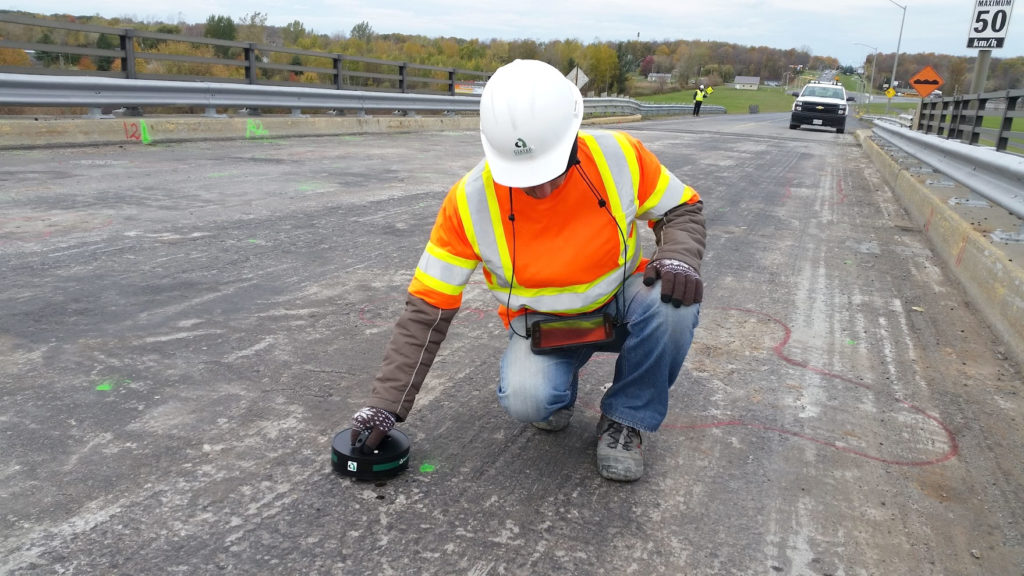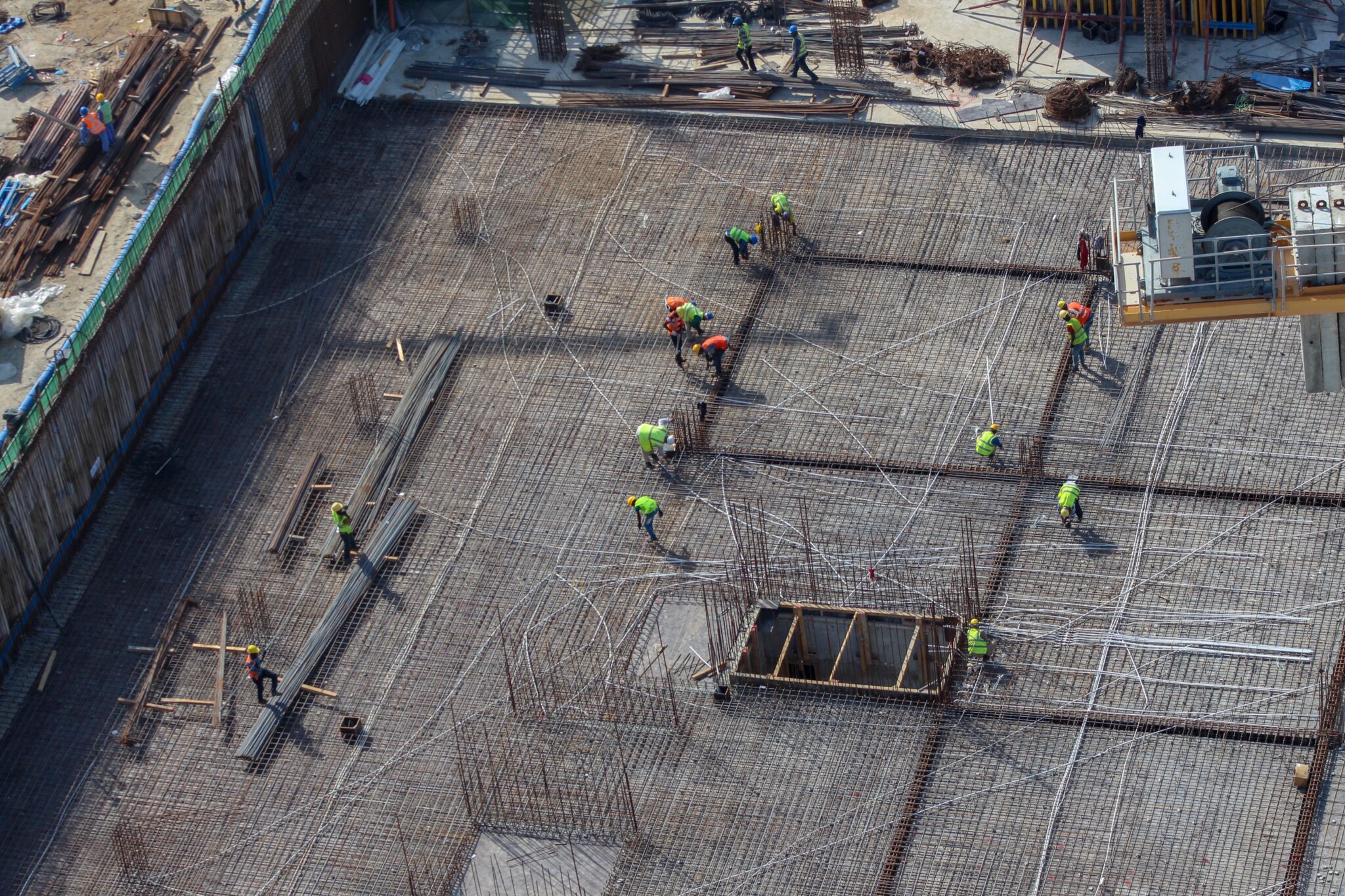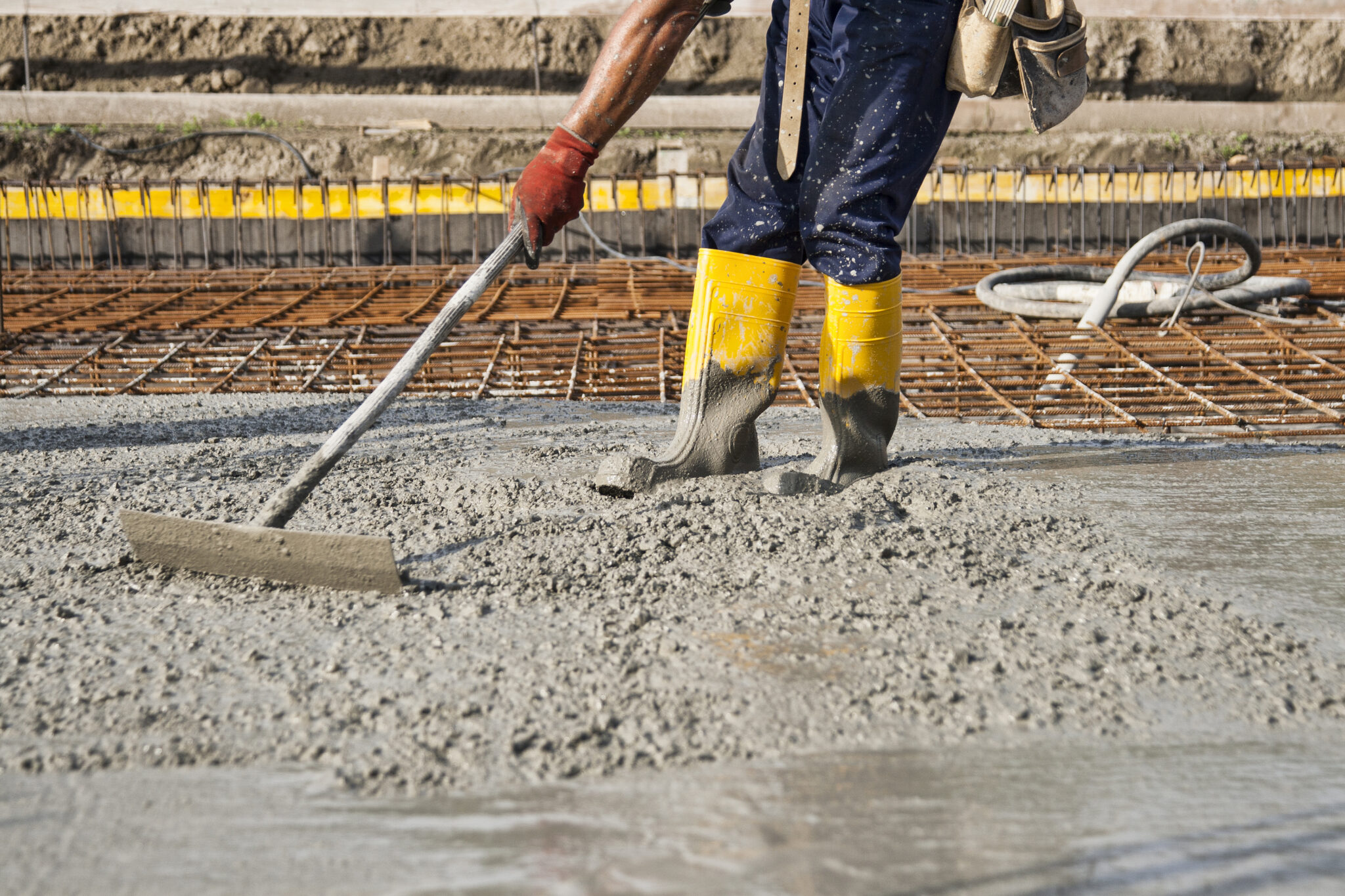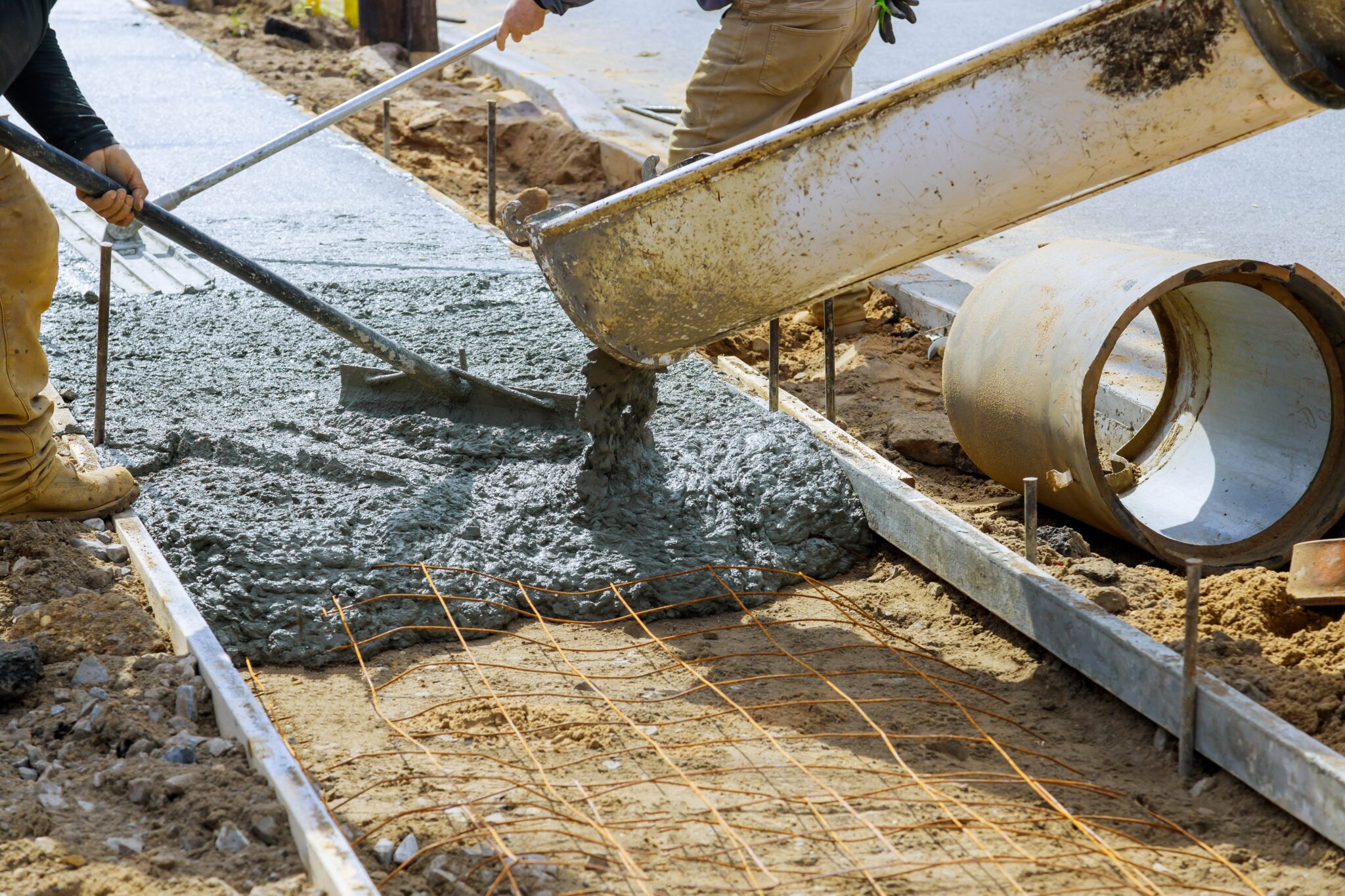It is a never-ending problem! Corrosion of rebar in concrete is the major cause of infrastructure deterioration worldwide. April 24th is the corrosion awareness day. So, here is an article in contribution to the challenges we have dealing with corroding concrete infrastructure
Explore 12 Futuristic Technology Trends Solving Concrete's Biggest Challenges.
Rebar Corrosion 101
Steel reinforcement is naturally protected against corrosion in the alkaline environment of concrete. In exposure to aggressive conditions the protective passive layer (that is only few nano-meters thick) breaks down and in the presence of oxygen and moisture, rebar corrosion is initiated by the formation of anodic and cathodic areas. The expansive iron oxide that forms in the anodic area eventually results in the cracking and delamination of concrete.
How Critical Is This?
It is estimated that billions of dollars is required annually to address these structural deficiencies. The main challenge however is how to prioritize and schedule the limited repair budget that government owners have.The Federal Highway Administration (FHWA) estimates that an investment of $20.5 billion is required annually to eliminate the US bridge deficient backlog by 2028.
Most of the current condition assessment methods involve visual inspection or sounding methods such as hammering and chain-dragging. These approaches are subjective and only identify the issues after the fact. In other words, they call for immediate actions without providing any insight on the long-term performance of the reinforced concrete structure. Therefore, it is not possible to accurately estimate the remaining service life of non-corroded areas for future planning.
Non-Destructive Testing (NDT) Methods
Various NDT techniques have been utilized to evaluate the state of rebar corrosion in concrete. Among these, the half-cell corrosion potential measurement (as per ASTM C876 standard specification) is most commonly used in detailed condition assessment projects. This test method only offers an indication of the probability of corrosion and does not provide any information on the state of corrosion or rate of corrosion propagation.
There are also polarization techniques that can be used to determine the rate of corrosion. These methods include:
- Linear Polarization Technique
- GalvanostaticPulse Technique
- AC Impedance Analysis (Lab Technique)
- PotentiostaticPulse Technique
These techniques provide good information in studies in the lab on small-scale specimens. But, the results obtained in the field can vary by as much as a couple order of magnitude. This is mainly due to the assumptions on the polarization area that are simply not applicable in the field on a large-scale measurement.
Recently a new method has been developed for fast and accurate corrosion rate measurement. This method which is called “Connection-less Electrical Pulse Response Analysis (CEPRA)” does not require rebar connection as a DC pulse is sent through the concrete surface and its response is analyzed to determine the polarization resistance.

In addition to the improved efficiency due to the elimination of rebar connection, this method provides accurate corrosion rate results in the field due to the controlled polarization area. Moreover, the corrosion measurement is directional and the measured concrete electrical resistivity is not affected by the rebar presence.
References:








